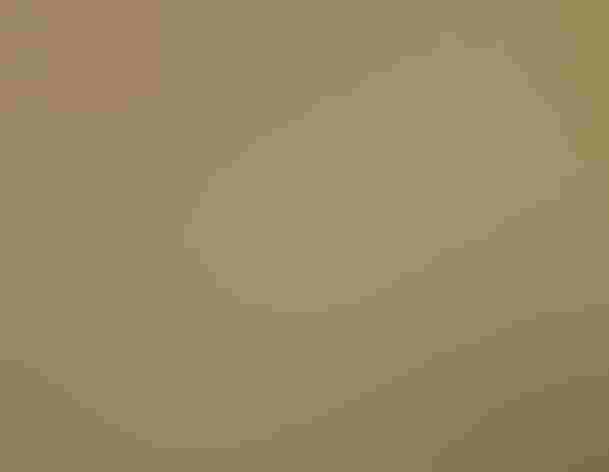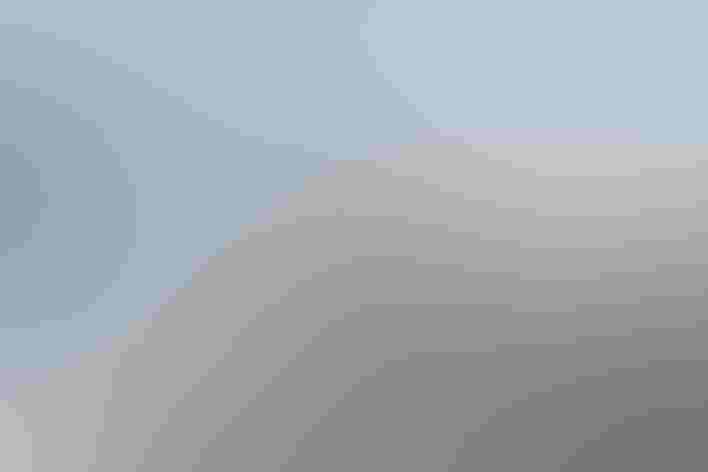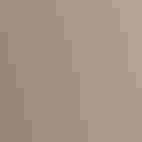Rock Ptarmigan
At a Glance
A hardy grouse of barren ground in the high Arctic, well adapted to harsh surroundings. Well camouflaged by white winter plumage and mottled brown summer plumage; male molts later in spring than female, so early in the breeding season he remains conspicuously white while she becomes almost invisible against the tundra.
All bird guide text and rangemaps adapted from Lives of North American Birds by Kenn Kaufman© 1996, used by permission of Houghton Mifflin Harcourt Publishing Company. All rights reserved.
Category
Pheasants and Grouse, Upland Ground Birds
IUCN Status
Least Concern
Habitat
Tundra and Boreal Habitats
Region
Alaska and The North, Eastern Canada, Western Canada
Behavior
Flap/Glide, Flushes, Rapid Wingbeats, Running
Population
8.000.000
Range & Identification
Migration & Range Maps
Leaves northernmost parts of breeding range and highest mountains in winter, moving to lower elevations and southward. A regular influx to some areas south of breeding range, but not extending much south of tundra regions. Migrates in flocks.
Description
13-14" (33-36 cm). Female Rock and Willow Ptarmigan are very hard to tell apart, but Rock is smaller, with smaller bill. Male Rock molts later than other ptarmigan; in early summer, may still be mostly white, while females are brown and male Willow has chestnut head and neck. In winter, male Rock has black line from eye to bill.
Size
About the size of a Crow, About the size of a Robin
Color
Black, Brown, Red, White
Wing Shape
Fingered, Rounded
Tail Shape
Rounded, Short, Square-tipped
Songs and Calls
Courting male gives a snoring kurr-kurr. Female has clucking and purring notes.
Call Pattern
Falling, Flat
Call Type
Odd, Rattle
Habitat
Above timberline in mountains; bleak tundra of northern coasts. Summers on relatively dry, open tundra, with rock outcrops and arid ridges mixed with areas of dwarf willow and birch, sedge meadows. On islands (such as Aleutians), may occupy all open habitats. In winter, many remain in summer habitat, but some move into shrubby areas, openings in northern forest.
Sign up for Audubon's newsletter to learn more about birds like the Rock Ptarmigan
Behavior
Eggs
4-13, usually 7-9. Pale buff with brown spots. Incubation is by female only, usually about 21 days; begins after laying next to last egg.
Young
Downy chicks leave nest with adult female within a day after hatching. Female tends young, but young feed themselves. Capable of short flights at 7-10 days, can fly fairly well at 10-15 days. Young are independent at age of about 10-12 weeks.
Feeding Behavior
Forages while walking by picking rapidly at vegetation, nipping off food with bill. In winter, may sometimes follow herds of caribou or musk-ox, feeding where animals have scraped away the snow.
Diet
Mostly buds, leaves, and seeds. Adults are almost entirely vegetarian, feeding on buds, catkins, leaves, flowers, berries, and seeds. Major food sources include willow, dwarf birch, alder, saxifrage, crowberry. Also eats some insects, spiders, snails; young chicks feed on these items heavily at first. Regularly swallows grit to help with digesting rough plant material.
Nesting
Male defends territory in spring with conspicuous display flight: flaps very rapidly, glides high, then flutters to ground while giving staccato call. In courtship display, male raises red combs above eyes, fans tail, and walks in circles around female, dragging one wing on ground. Nest site is on ground in relatively barren, rocky area, usually near large rock. Nest (built mostly by female) is shallow depression, lined with small amounts of moss, lichen, grass, feathers.
Conservation
Conservation Status
May become locally scarce near Arctic settlements, but still very common over vast areas of northern wilderness.
Climate Threats Facing the Rock Ptarmigan
Choose a temperature scenario below to see which threats will affect this species as warming increases. The same climate change-driven threats that put birds at risk will affect other wildlife and people, too.













